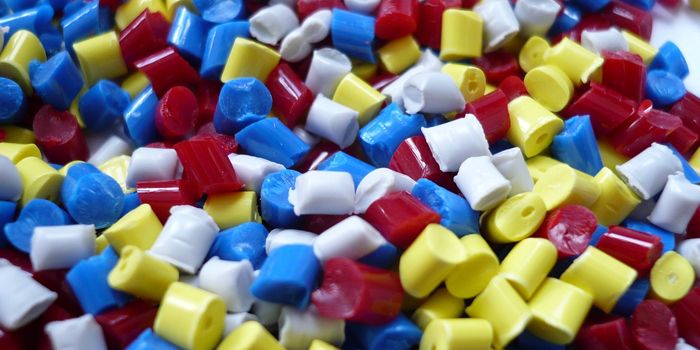New Football Helmet Reduces Severe of Concussion and Head Injuries
Concussions are common in many sports, though perhaps most visibly and controversially in American football. Particularly in recent years, there has been an increased push to address the risk of concussions football players face. The National Football League (NFL), for example has implemented new on-the-field concussion protocols to address these risks. Despite these efforts, however, there are reports that players are facing an increased risk of concussions, with 2022 seeing an 18% increase in concussions compared to the year prior.
Amid a need for new ways to reduce the risk of concussions, a team of researchers at Stanford University have developed a new type of helmet that could reduce the impact players experience in a collision, potentially reducing concussion risk. The new helmet is described in a recent article published in Frontiers in Bioengineering and Biotechnology.
Specifically, researchers turned to a type of liquid shock absorber, which is designed to reduce how significantly a hit or blow impacts a wearers head. To test how the liquid shock absorbers worked, the team designed the helmet and compared it to four other types of helmets that are used in the NFL. The team put each helmet through a protocol designed by the NFL to test different types of helmets for safety and efficacy. The team incorporated into their test collisions of different intensities to simulate a growing recognition that smaller blows over time, even if not official concussions, can still cause damage. The team also gathered information about the kinematics of each helmet and how much strain each impact placed on the head and the brain.
Overall, researchers found that helmets with the liquid shock absorber reduced the intensity of impact by about 33%. Not only did the new helmets outperform most other existing helmets, but it also led to the greatest “Helmet Performance Score,” which is a metric used by the NFL to rank helmet safety.
The team hopes to continue improving on the helmet and looking for other ways to enhance safety features.
Sources: EurekAlert!; Frontiers; ESPN








